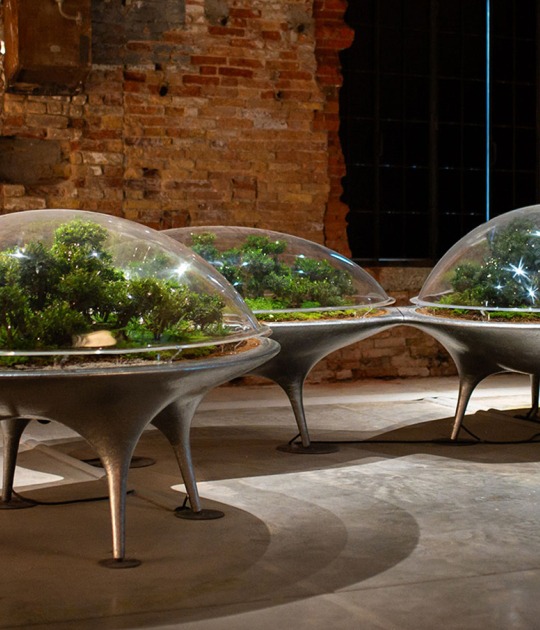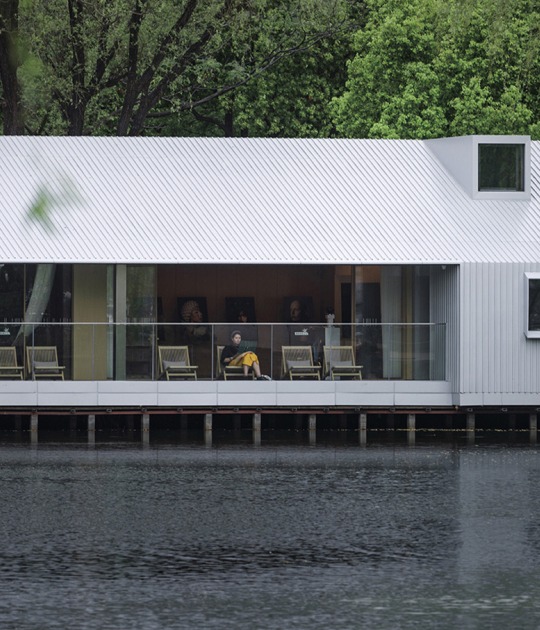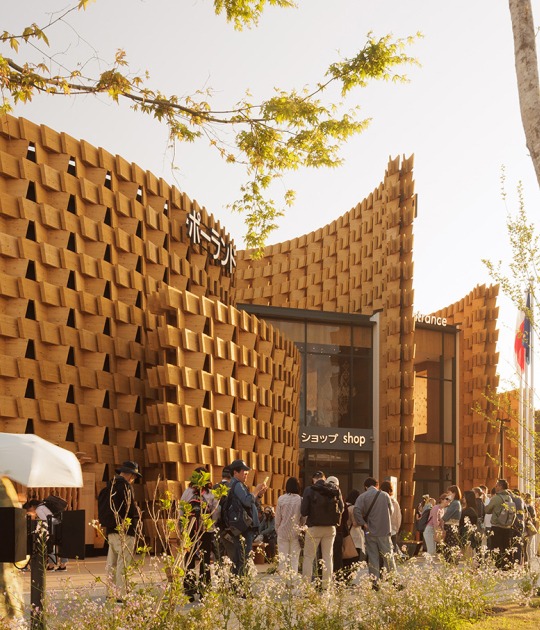Since the launch of the CAMPER VO70 in April, the Spanish shoe company has shown itself to be at the forefront of design, both from a technical and a graphic perspective. The third element of their design story in relation to their sponsorship of Emirates Team New Zealand is the CAMPER pavilion, crafted by Shigeru Ban. Ban has received recognition for his innovative work with paper and cardboard tubing as a material for building construction. His work in designing efficient housing solutions for disaster victims saw him feted by Time Magazine as one of the 21st century innovators in the field of architecture and design.
Camper unveiled their pavilion in Alicante this October. Standing six metres tall the pavilion is the stand out structure in the race village. The structure created out of cardboard columns of varying widths, creates a stark contrast to the square tented and metal structures that surround it.
“I'm very happy with the design, I always look for the problem to solve design and this time, travelling is the problem. We have to move this pavilion to different locations so we had to make a flexible space. The main structure is made from cardboard tubes of different diameters. They range from 30cm to 60cm, so that they can nest inside each other to make it easier to ship. Moving a building is very unusual which is why the design came from the motion of moving”.
The Camper pavilion will be travelling to Sanya, Miami and Lorient. At each stopover the pavilion features a wide range of activities for all ages including an interactive kiosk, jazz sessions, gin and tonic master classes as well as a Camper shop selling a wide range of Camper Emirates Team New Zealand merchandise, and of course, Camper’s iconic shoes.
The pavilion design was also centered around a shared philosophy, “Camper is very special, the Camper shoe is loved by any generation and that is the great thing about them. Their design and their target customer is not a particular person of a particular age. I think a building should be like that. I am very happy they chose me to design this pavilion, it is a great honour”.
Unlike many other structures in the race village, the pavilion is made from a combination of everyday materials that have been at the core of Ban’s designs. His formal explorations with basic building materials helped to lead him into unique structural solutions. “I started working with the idea of using recycled paper when nobody was talking about recycling, environmental consciousness, and sustainability. The strength of the building has nothing to do with the strength of the material. Even a concrete building can easily be destroyed by an earthquake, but a paper building cannot be destroyed by an earthquake because it is lightweight. That’s why even making the structure out of the paper tube, which is weaker than wood, can be very prominent yet also very strong.





























